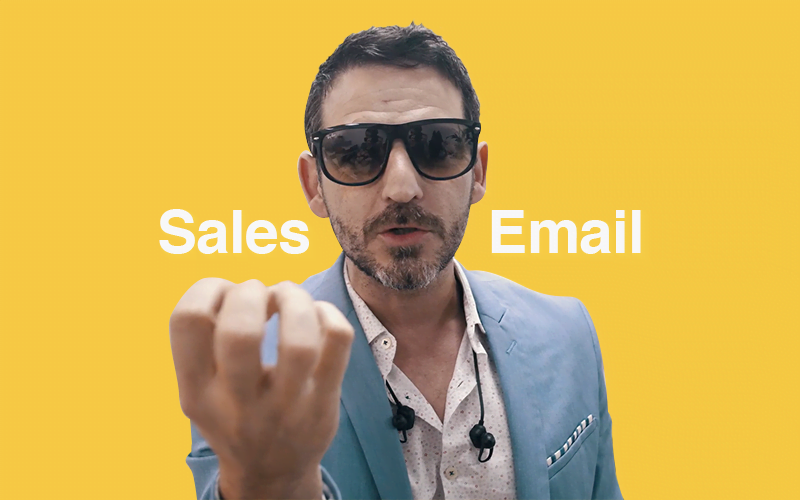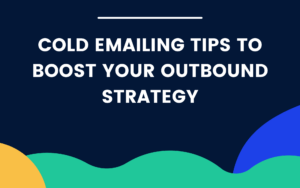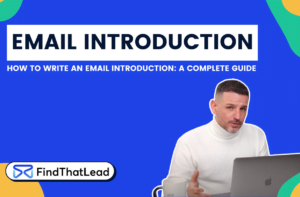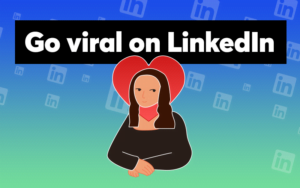Are you tired of sending out email after email, and getting a low response rate? There could be many reasons for this: targeting the wrong customers, incorrect email addresses (maybe you didn’t confirm email address validity with our email address checker), or sending emails at the wrong times. A sales email template is a great way to test what works on your prospective clients and what doesn’t. The sales email template also makes it easy to repeat an effective email over and over again!
However, the main reason many people don’t respond is the content in the email. The content and message of your email is the most important part of getting a response. However, you don’t have to start from scratch every time you want to find new prospective clients! You can create a successful sales email template by following just a few simple steps.
Knowing this, your friendly team at FindThatLead has come up with some tips to help you create the perfect sales email template.
Find a Connection
Humans are sympathetic creatures, built on making connections with one another. We are always looking for a relationship or connection with other people. Use this to your advantage, and make it easy for the prospective client to relate to you. Check Linkedin to see if you have any mutual connections, or if you know someone who works at their company.
Did you meet at an event or conference? Use that link as a friendly reminder. Even if you didn’t meet, you can mention your presence there, but that you missed each other.
A great sample business introduction letter to prospective clients might open with these elements by saying,
“Hi Contact Name,
I stumbled across your LinkedIn profile and remembered meeting you at XYZ Conference. What a great event for salespeople!”
Investigate their Profile
Before you hit send, always make sure you’ve done a bit of initial research on your lead. When creating a sales template, it’s a great idea to create multiple templates based off the profiles of your leads. The content should be targeted to their needs and problems, not just a general email on why they should purchase your product.
If you want to go the extra mile, any research you do that allows you to add a personal touch, is always appreciated. People don’t want to feel like they’re another faceless email address you’ve scraped off of LinkedIn; they want to feel valued.
Write a Direct Subject Line
Write a subject line straight to the point so the recipient immediately knows what’s in the email. Your prospects don’t have time trying to figure out what it is you’re trying to sell them. Make it quick and easy for them!
You also want to avoid using certain words that make your email seem like a sales pitch. Stay away from words like …
- Free
- Complimentary
- Sale
- Solution
- Collaboration
- Reminder
Email Content
The more you connect with your prospects, the more success you’ll have getting a reply. Are you noticing a theme here? Don’t write an email talking only about you, your company, and all the reasons people should buy your products. Write content that connects with your prospective clients. Ask them questions about their problems and needs, and show them how you can help them.
Closing
Unless you are a sales pro, in a first communication you shouldn’t be aiming to close a deal right away. Your goal for your first communication simply should be to get a response. Ask if they have time for a call, or see if they will respond to any of the questions you asked. Then, take it from there.
And please, don’t have an email signature that takes half a page! Make it clean and simple, so your prospects can easily find your contact information.
Lastly, your email template can’t do anything for you if you don’t have the right prospecting tools to find email addresses! Make sure you download FindThatLead to find all the emails for your future customers.







 BONUS:
BONUS: The Challenge: Join this free course and I guarantee that after 5 days you will have the necessary skills to start generating B2B clients Growth Hacking and Prospecting techniques.
The Challenge: Join this free course and I guarantee that after 5 days you will have the necessary skills to start generating B2B clients Growth Hacking and Prospecting techniques.